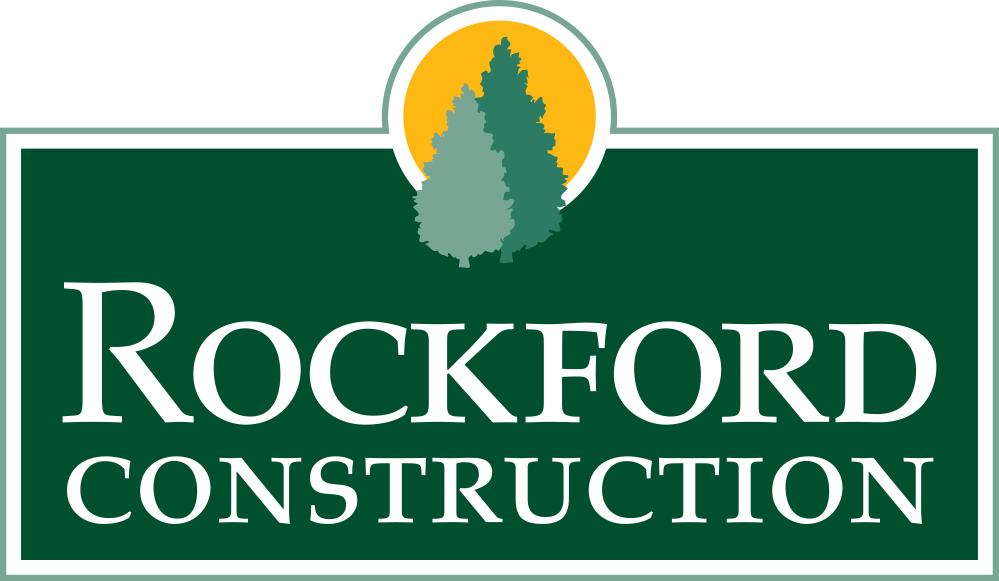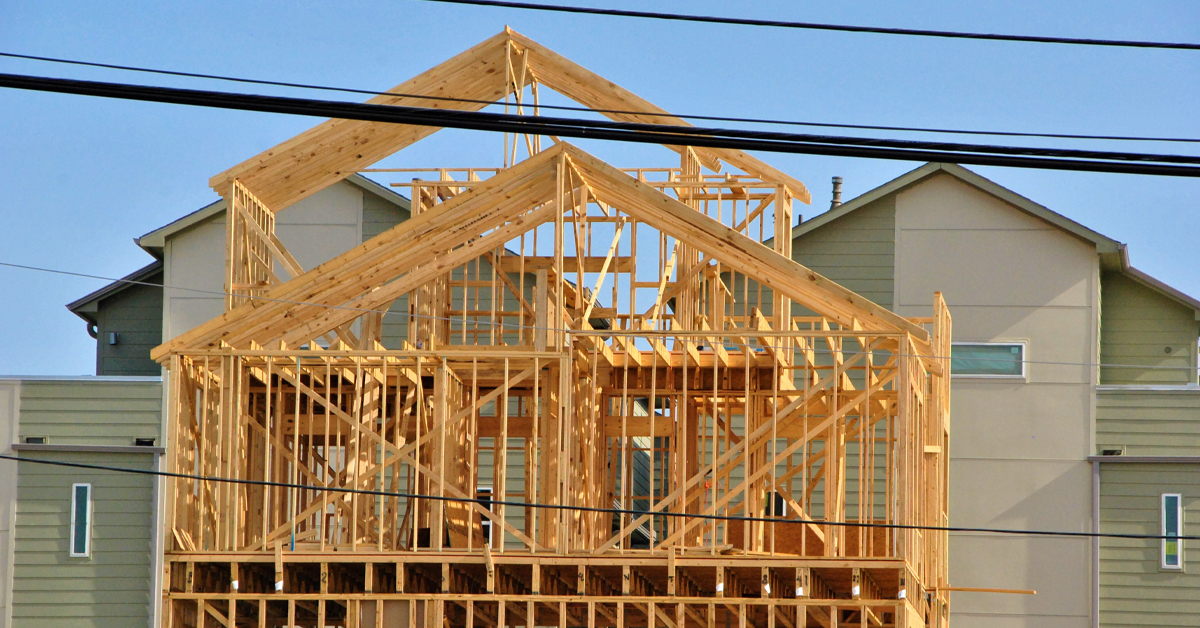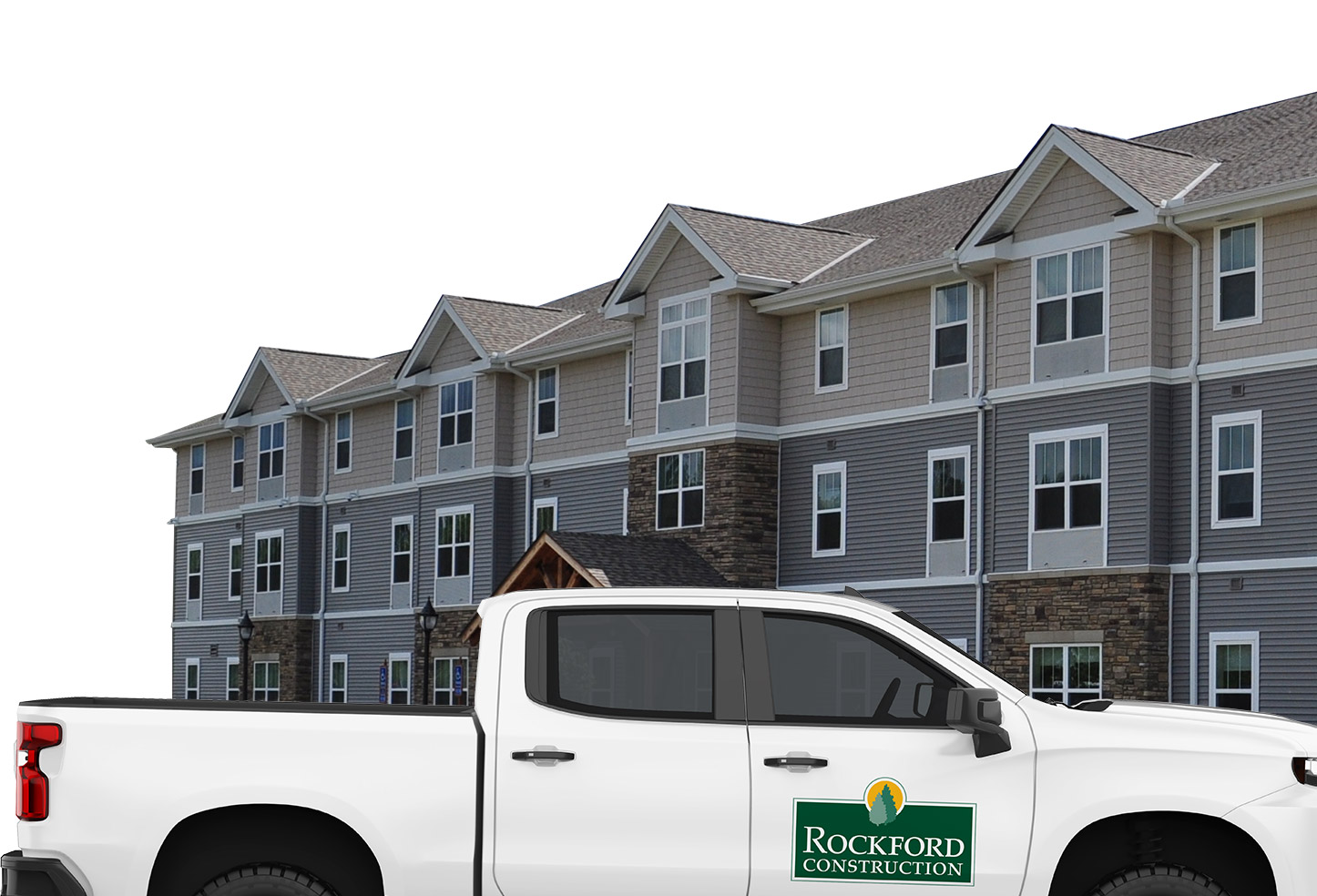RENOVATING OR BUILDING: WHAT IS THE BEST OPTION FOR MY INFILL DEVELOPMENT LOT?
When deciding how to develop an urban infill development lot, you’ll need to consider the costs and benefits of both a brand new build and existing urban areas. So which option is better and why? Let us take a look at the pros and cons.
Residential infill development is considered the key to making cities more vibrant and sustainable. And though it’s a buzzword for many planners and architects, you may be wondering what exactly urban infill is and why urban neighborhoods are so important.
WHAT IS INFILL DEVELOPMENT?
Urban infill development includes the building of new residential and commercial structures into pre-existing neighborhoods, rather than on vacant land or farmland. It also involves fixing up or renovating existing infrastructure, which is known as redevelopment.
Successful infill development can help ensure that all areas of a city can accommodate additional growth while also reducing urban sprawl by preserving natural resources such as agricultural land, parks, open space, and undeveloped land. This approach to urban planning is believed to be more sustainable over the long term and more environmentally friendly than expanding outward.
Whether it’s a single-family infill housing or a multifamily property rehab, there are a few things you need to think about before you plan an infill development lot.
Here are some of the pros and cons to consider when deciding between renovating an infill development or building a brand new infill development.
PROS OF INFILL DEVELOPMENT REHAB
ENVIRONMENTALLY FRIENDLY
Redevelopment of existing infrastructure is an environmentally friendly alternative to building a new infill development. There is no need for clearing undeveloped land, digging foundations, or moving tons of dirt to build a new community in rural areas. Redevelopment is good if you want to leave nature undisturbed in your neighborhood.
SAVES MONEY
While building a new infill development from the ground up might seem like the more economic choice, it could end up costing you more than renovating an existing infrastructure. Renovation is often less expensive than new construction because labor costs are typically lower and there are fewer materials required.
CONS OF INFILL DEVELOPMENT REHAB
TOXIC SUBSTANCES
When existing infrastructures need redevelopment, many issues may need to be addressed. These issues will vary depending on the age, location, and previous property owners of the infrastructure. The main risks of buying a fixer-upper include determining whether the property has lead and asbestos, which require expert removal and specialized training. Other issues include finding out if there are environmental hazards related to nearby industrial areas or landfills.
INCONVENIENCE
When rehabbing an existing development, you’ll likely have to work within smaller and more confined areas than what you would prefer compared to building a new infill development. Since rehabbing an existing infrastructure can sometimes be more cost-efficient than building a new one, the misplaced constraints may seem beneficial at the time. However, moving forward, this could become a constraint that limits the potential of your development project and be a con to working with an older structure.
IT CAN BE COSTLY IN SOME CASES
Redevelopment may seem like a way to save money compared to building new residential infrastructure, but in some situations, renovation costs may be higher. This will depend on the scope of the renovations.
PROS OF NEW INFILL DEVELOPMENT BUILDS
CUSTOM DESIGN
When you build a new urban infill development, you also have the option to create the development to fit your community’s goals and needs. A newly constructed infill development is built to your specifications and has the potential to be more energy-efficient, more comfortable, and more aesthetically pleasing than older infill housing.
SMART GROWTH
New infill development opportunities means a whole new future. It’s up to you to make it what you want and you have a chance to revitalize communities and improve local amenities, affordable housing options, and economic opportunities while countering the instinct for urban sprawl. With your knowledge of the game and your passion for the lifestyle, you’re on the way to building a new beginning.
LONG-LASTING STRUCTURES
Longevity can be considered a major benefit of new infill development builds. When you build your residential infill, everything, including appliances and all of the building materials will be new. This means you will not have to deal with major repairs until much later in the future.
CONS OF NEW INFILL DEVELOPMENT BUILDS
COSTLY AND TIME-CONSUMING
A disadvantage of building new infill sites is that it requires you to commit a large portion of your time to ensure everything is going according to plan. And since you require building materials and labor, it can also be very expensive.
LIMITED SPACE
Infill sites are more likely to have limited space because they are required to be placed in existing urban areas, built to the requirements of other existing communities and local governments. Because they do not have the same green space as conventional houses, this can make them unsuitable to accommodate large or luxury items such as pools, saunas, and spas.
DISRUPTION AND OPPOSITION
Additions, renovations, and new development carry an element of disruption in an existing community. In some cases where you are building in an existing neighborhood, this can create even more opposition from neighborhood residents.
The disruption that occurs can be addressed before it becomes widespread neighborhood opposition by understanding the residents, incorporating their input, and finding a common ground concerning their expectations of the redeveloped infill site.
BOTTOM LINE OF DEVELOPMENT
In choosing whether to build a new development or to rehab existing urban areas, there are many factors to consider. The particular choice is highly dependent on specific site conditions, neighborhood context, and design goals of the building owner.
Successful infill development goes beyond simply rehabbing a building or two. It also encourages new development within the cities themselves. New infill projects are typically constructed next to older buildings, or on vacant land left when old buildings were removed. For most people, this translates into more options for neighborhoods and building styles.
Overall, most city officials and developers will agree that the concept of urban infill development is a reasonable and sensible approach to increasing housing options and property values. Not only does infill development revitalize established neighborhoods, but it also takes advantage of infrastructure and community services that exist.
Ultimately, it all depends on your personal preference. If the advantages of building don’t outweigh rehabbing an infill development or vice versa, go with what will please you the most!
TURN IDEAS INTO REALITIES WITH ROCKFORD CONSTRUCTION
Those who are just embarking on an infill housing development project, you may not know the right contractor to get the job done. Finding a great general contractor can be anything but easy. How do you know if they have the experience to get your project from A-to-Z in a timely manner and at a competitive price?
Rockford Construction has the expertise and experience in all aspects of construction, and we do our best to ensure that your projects are completed and on time. Our extensive urban infill development multifamily, single-family, and apartment construction will ensure that you have a successful investment outcome.
With our background in real estate development, you will notice the difference when working with an experienced general contractor like Rockford Construction on your infill development project.
Contact us for your infill development needs to experience the difference today



